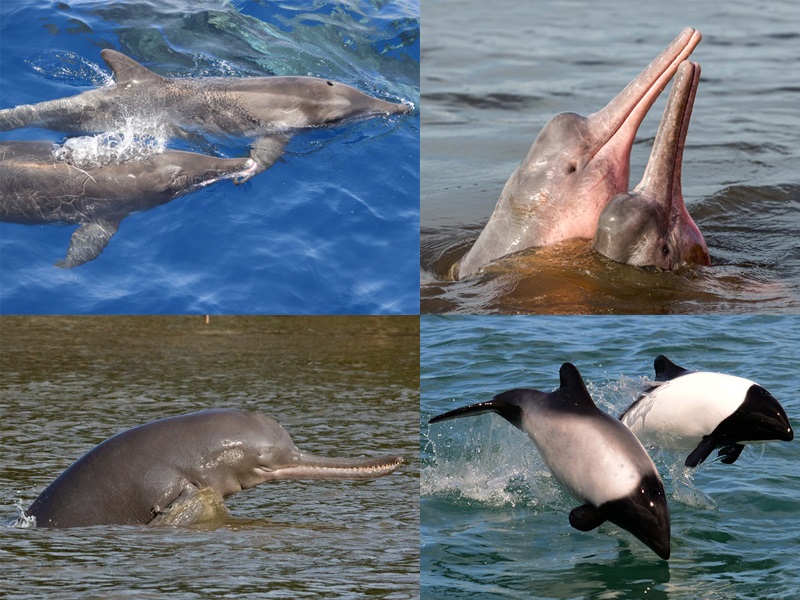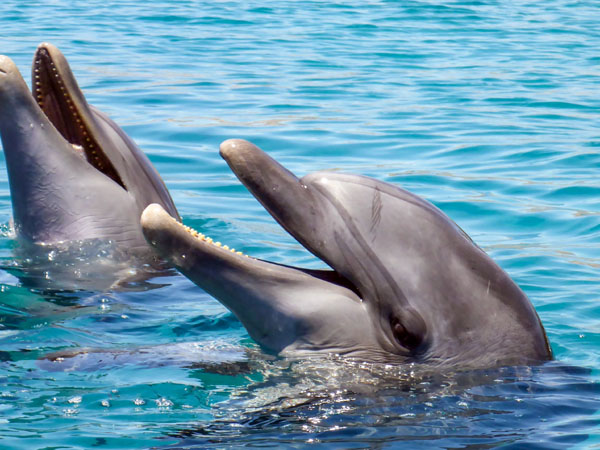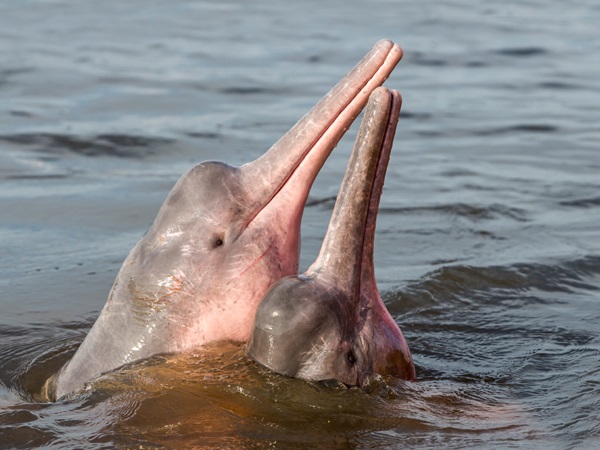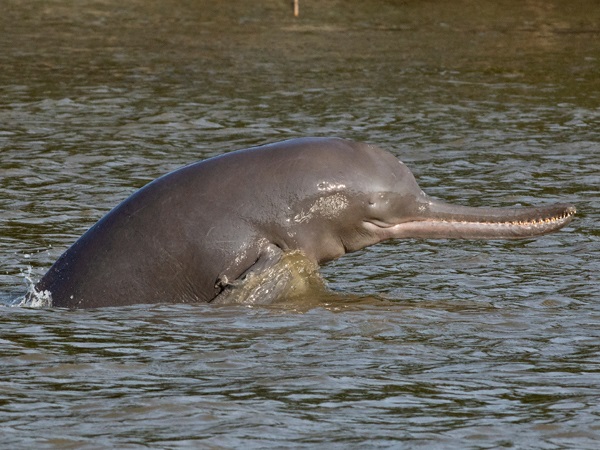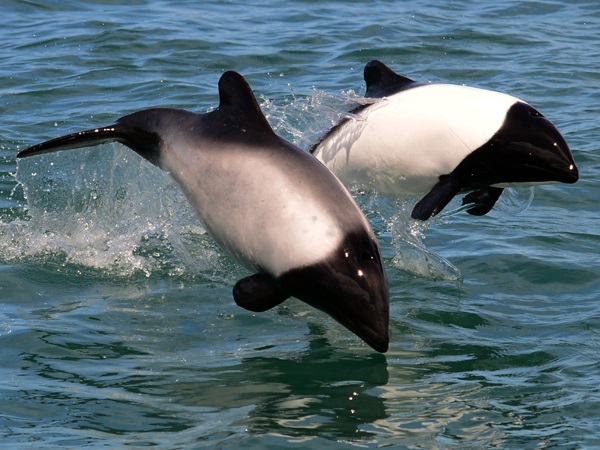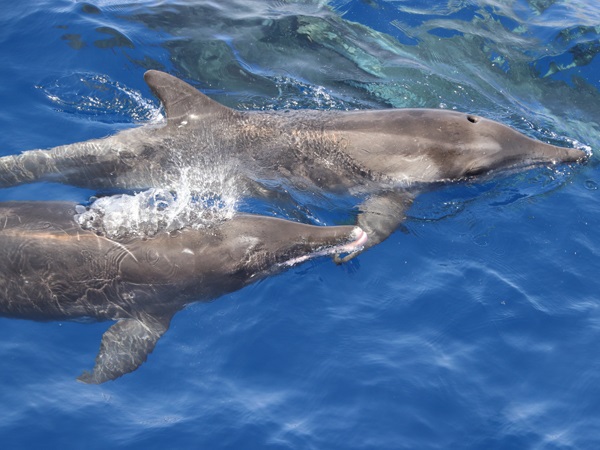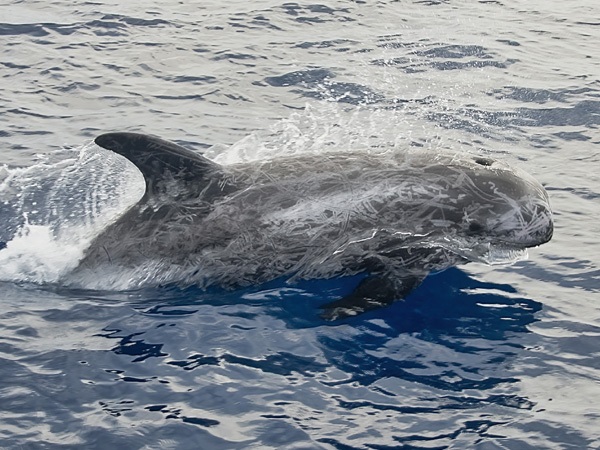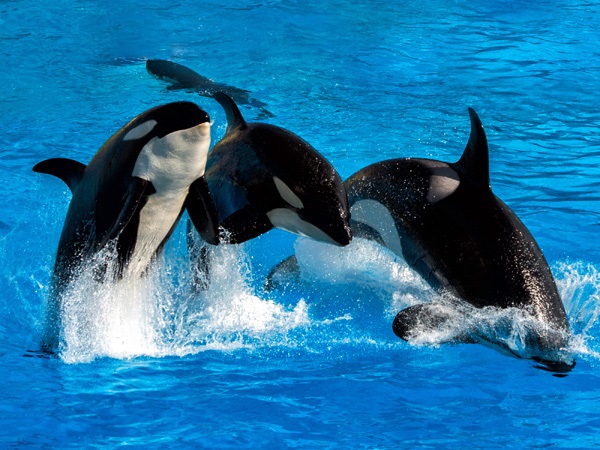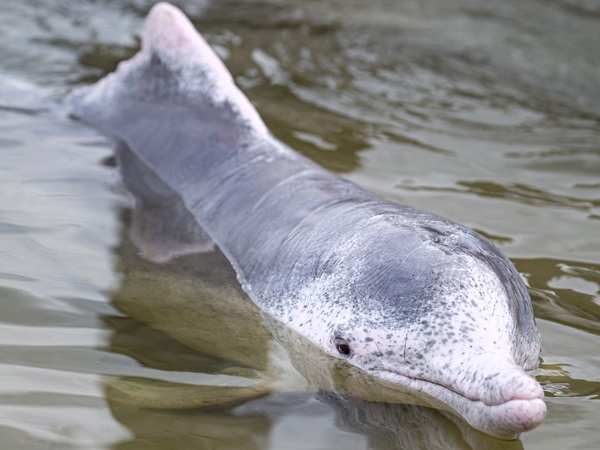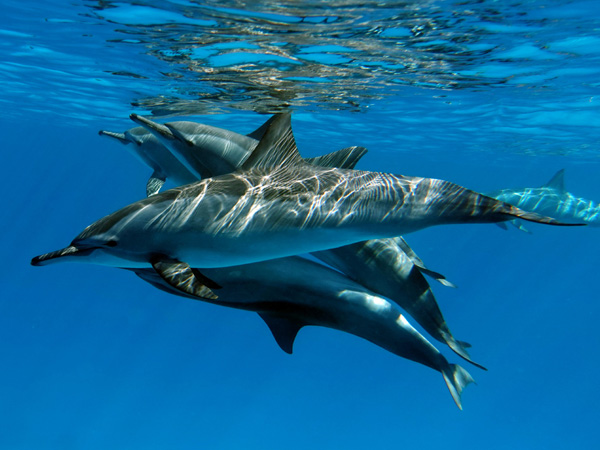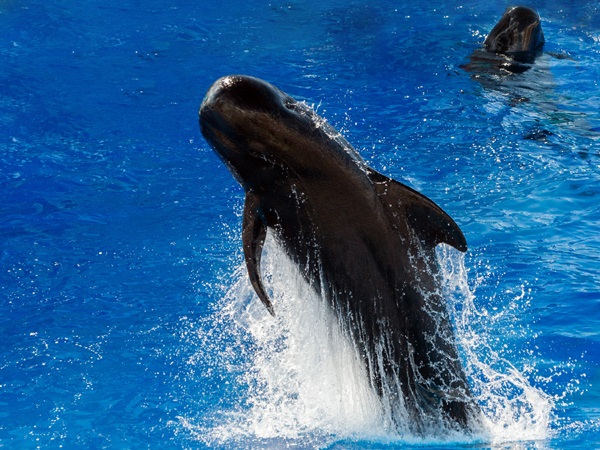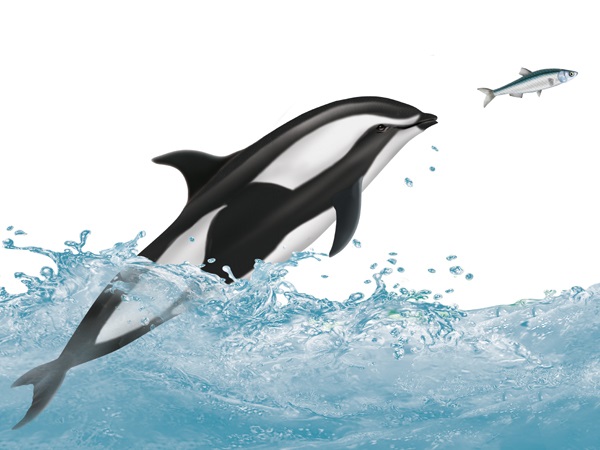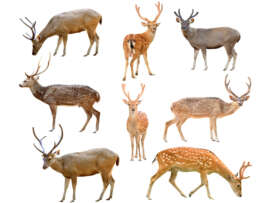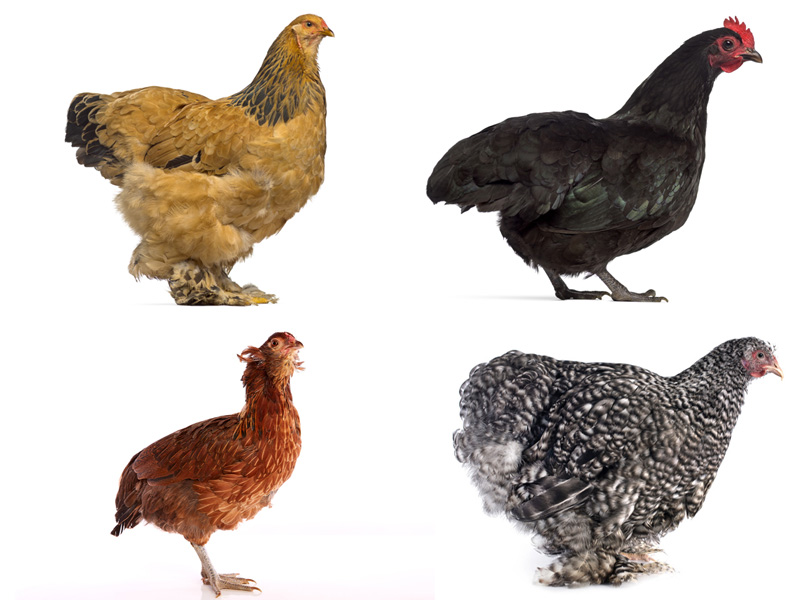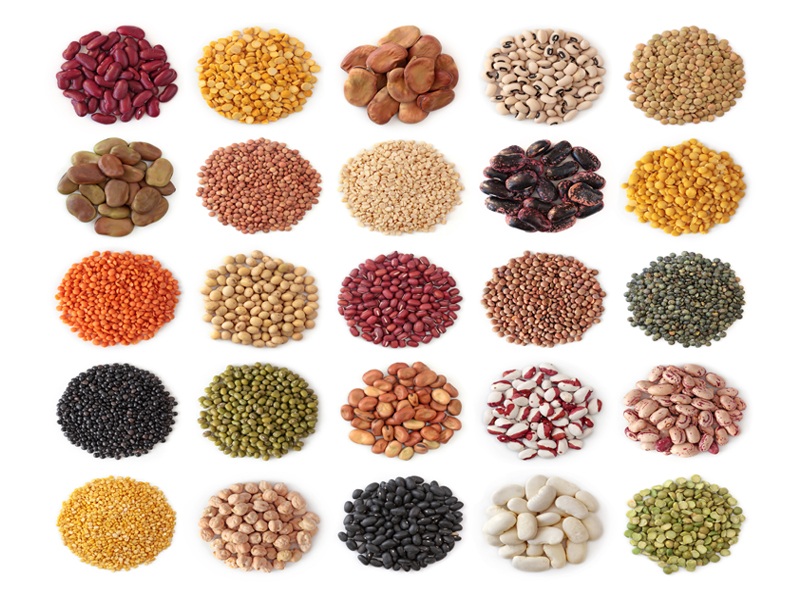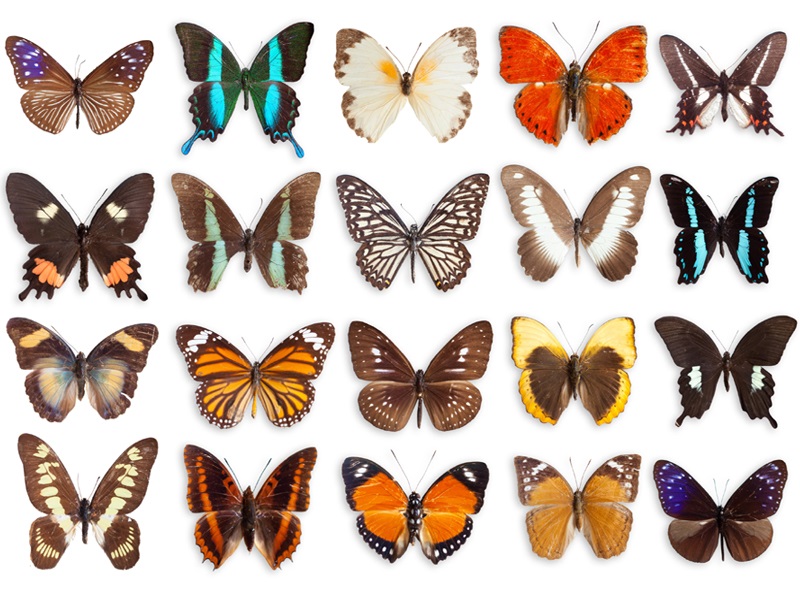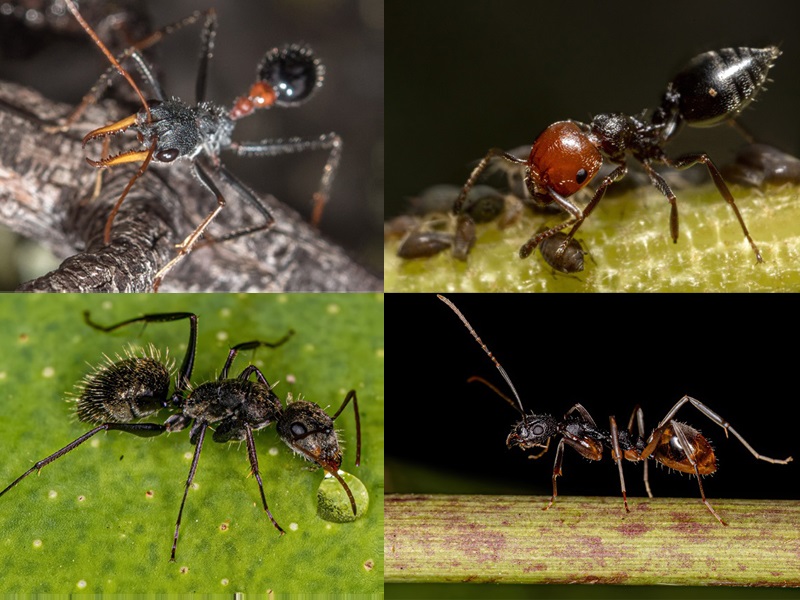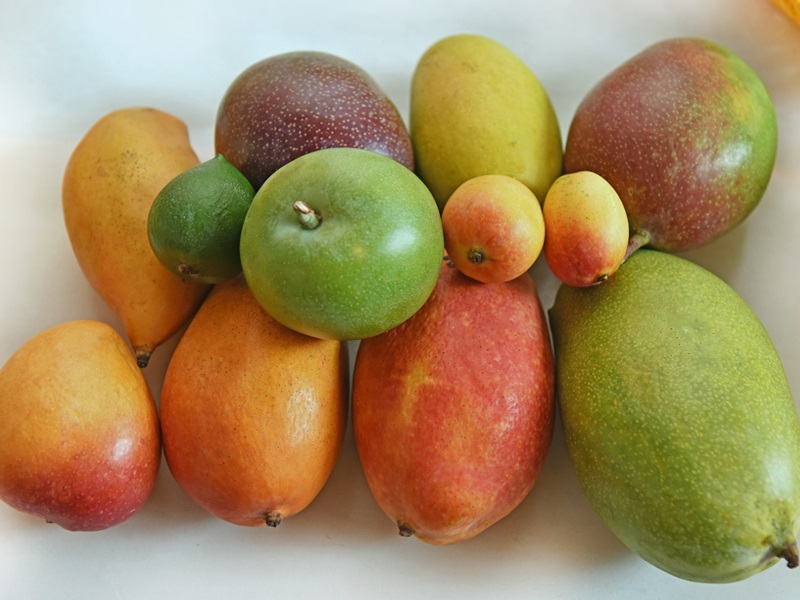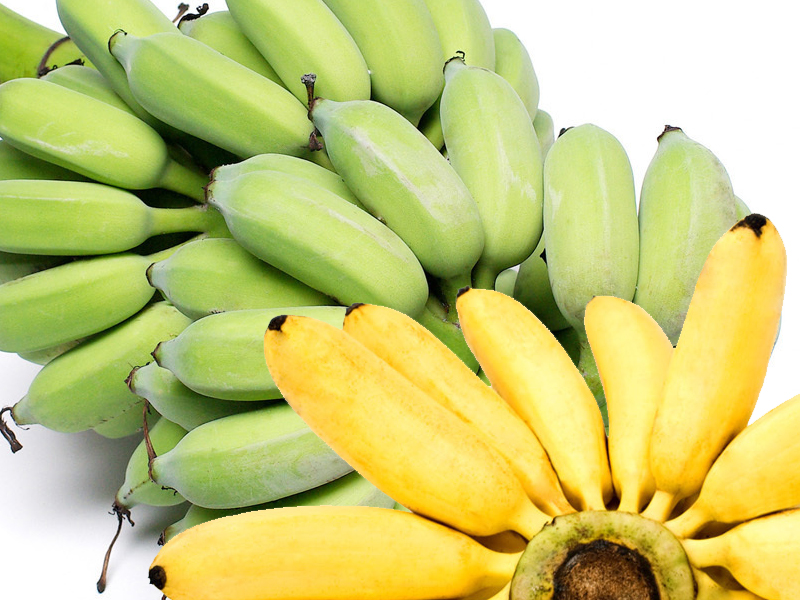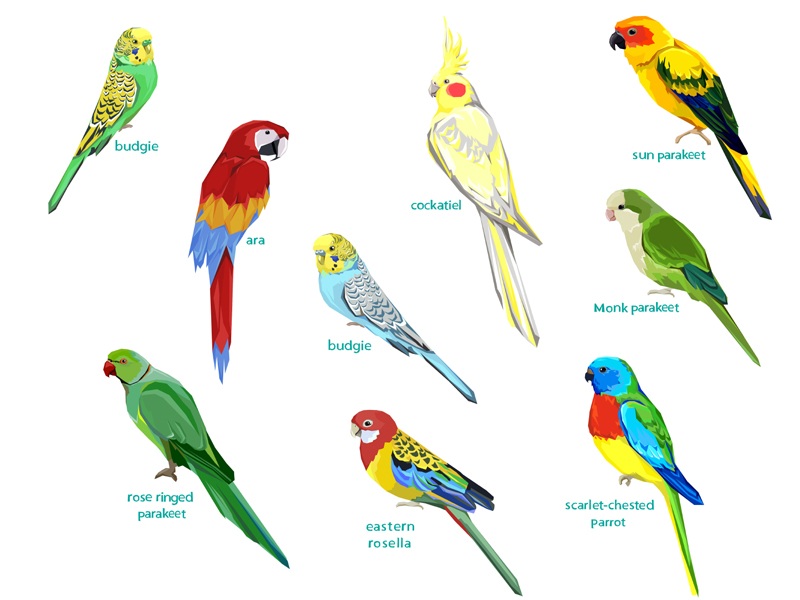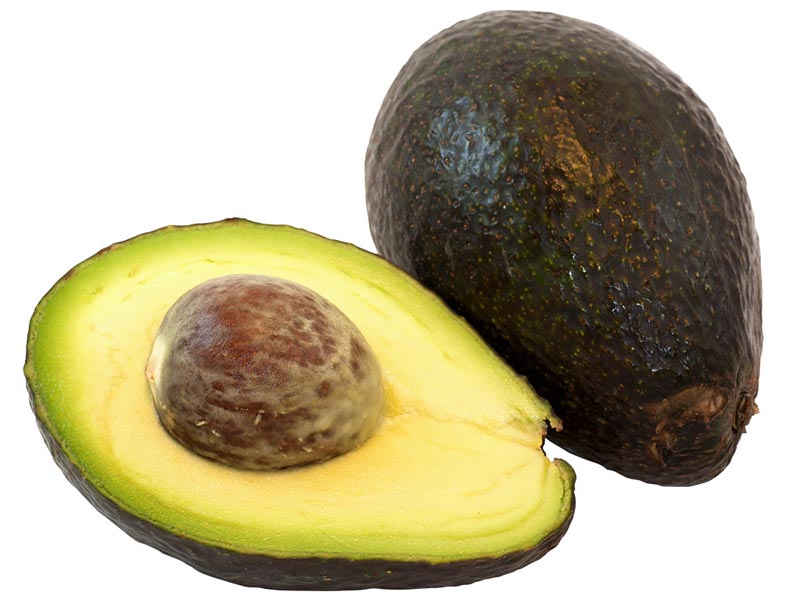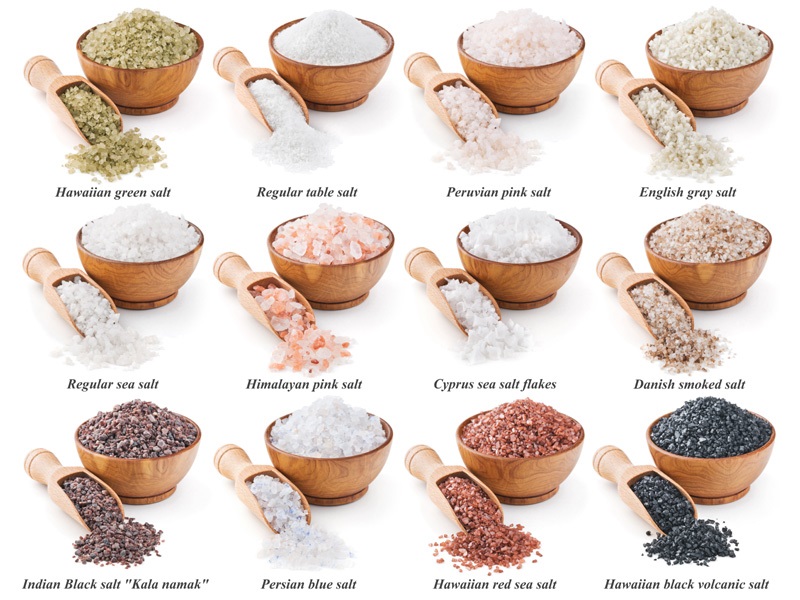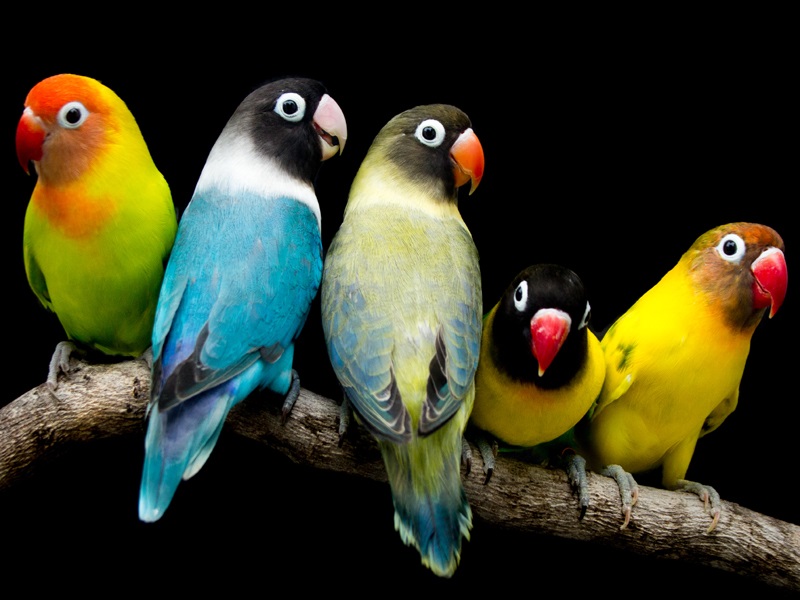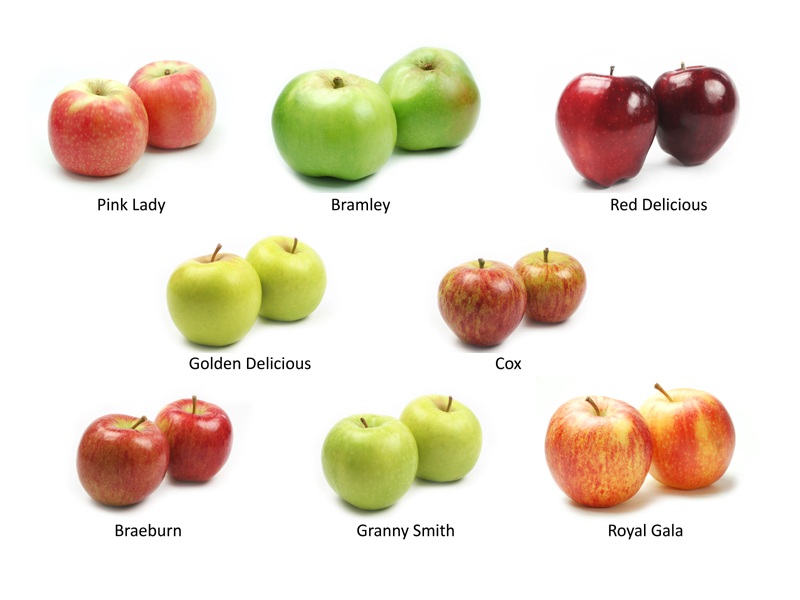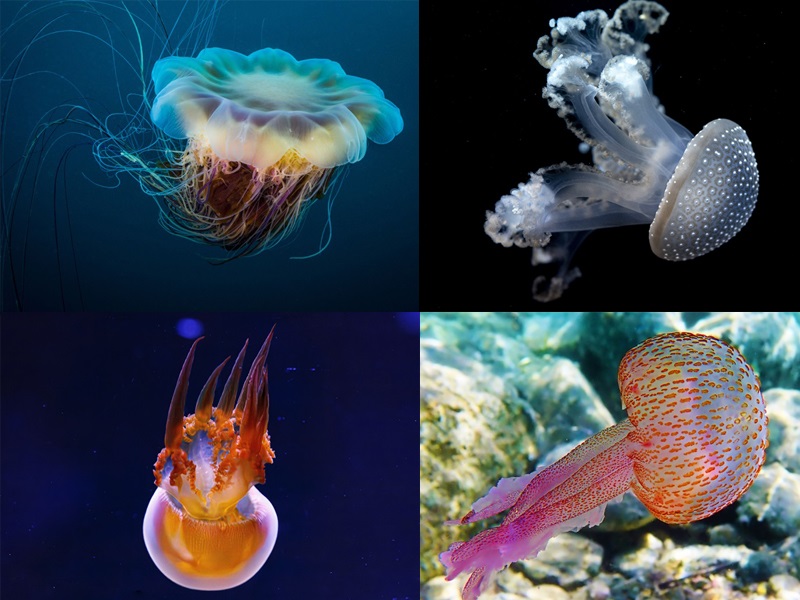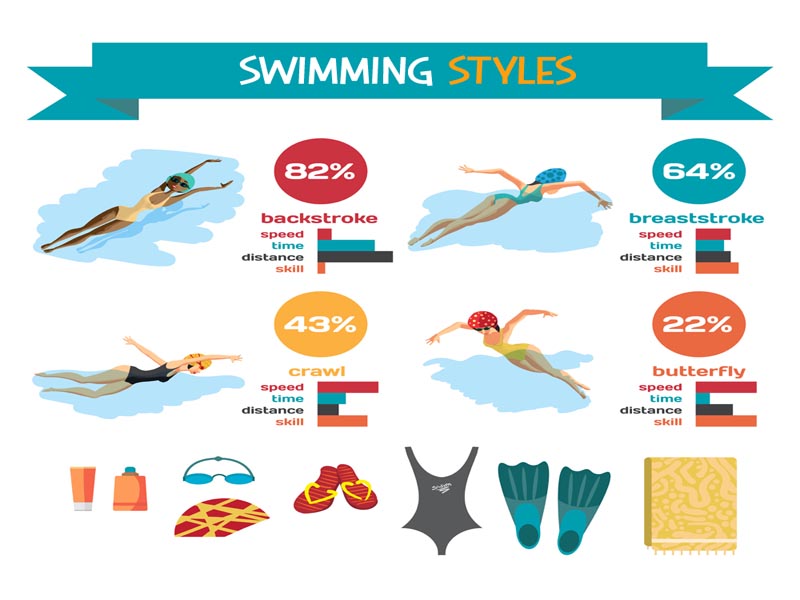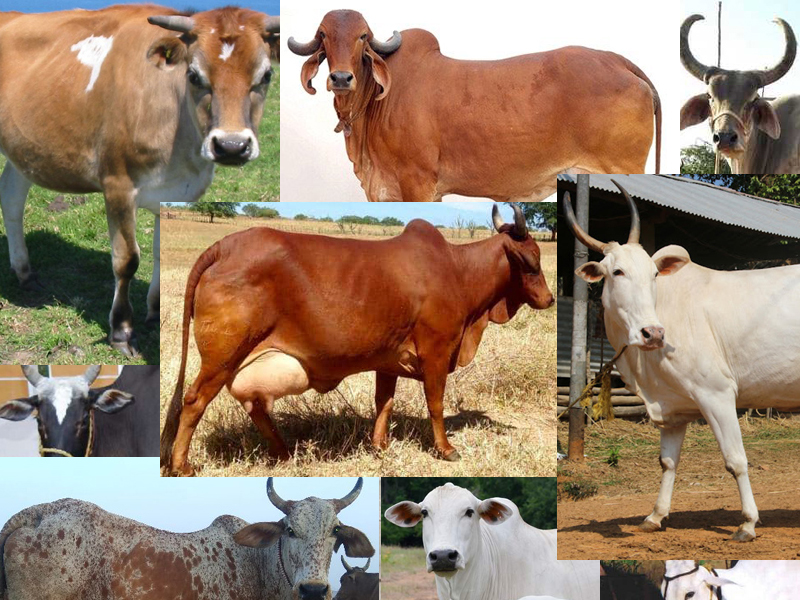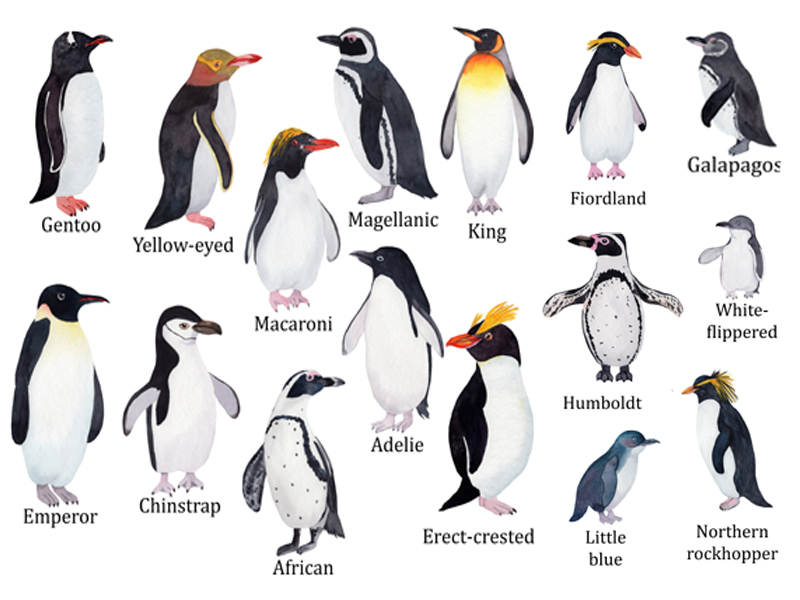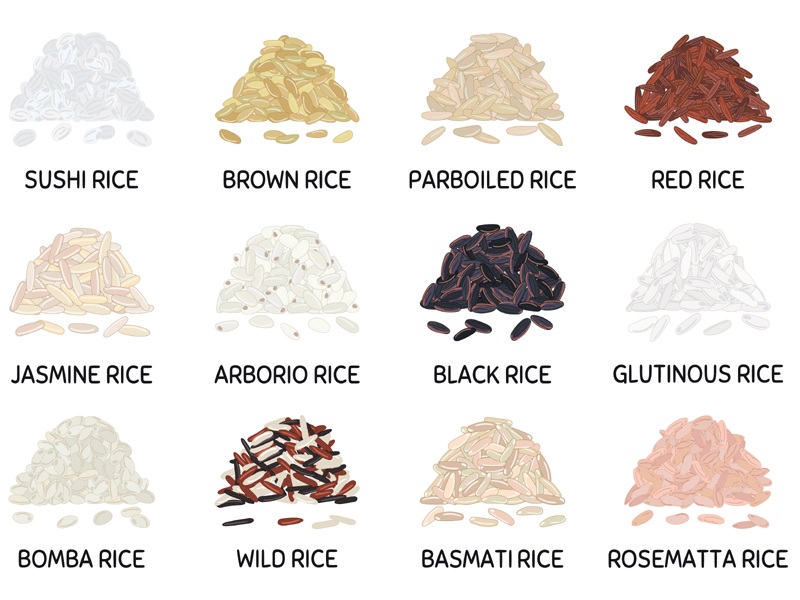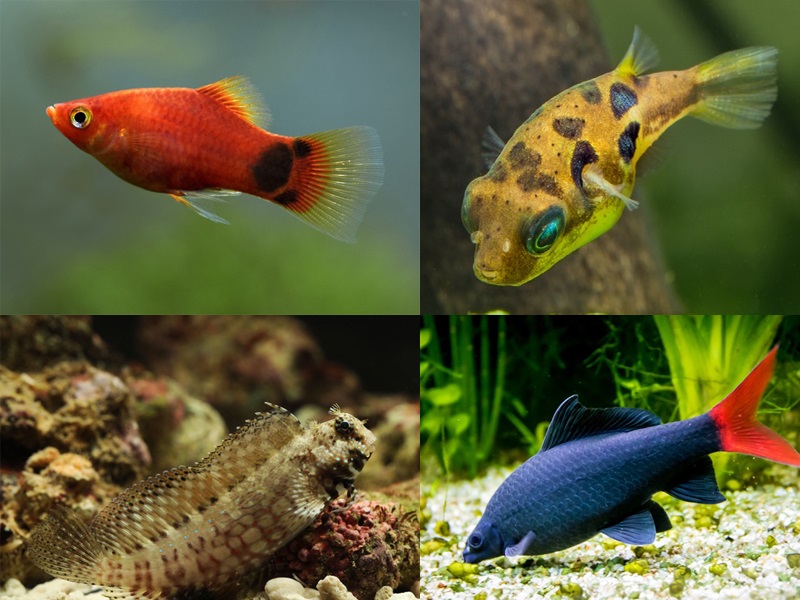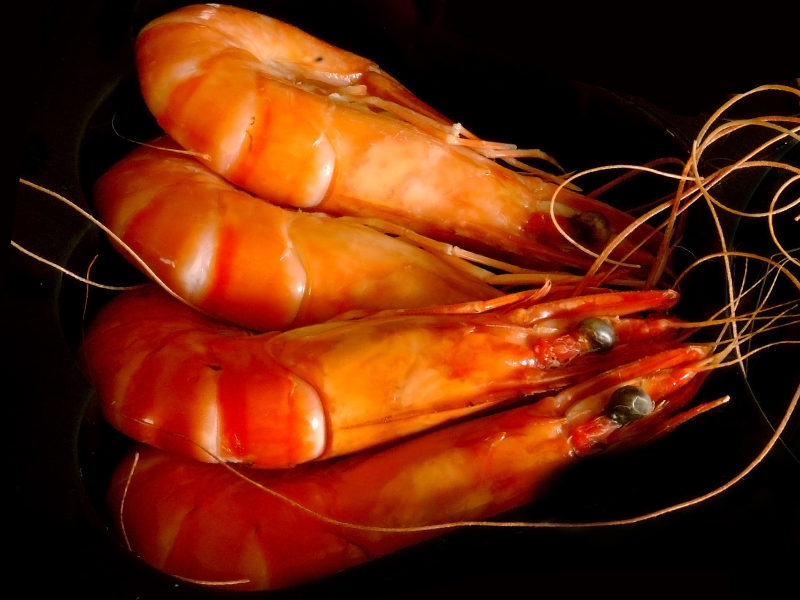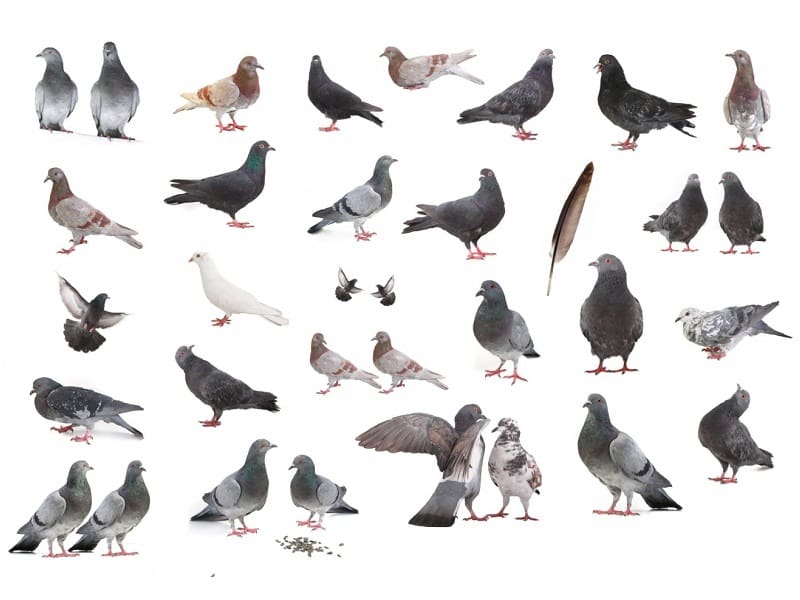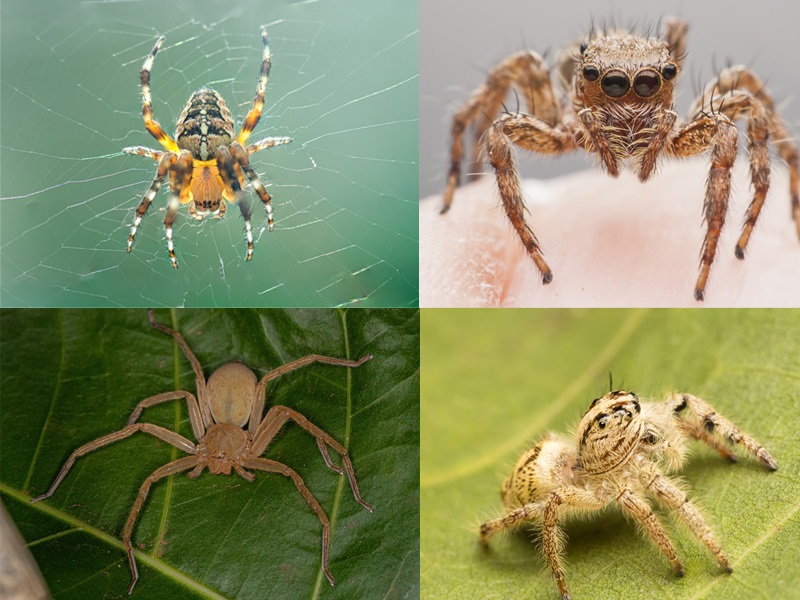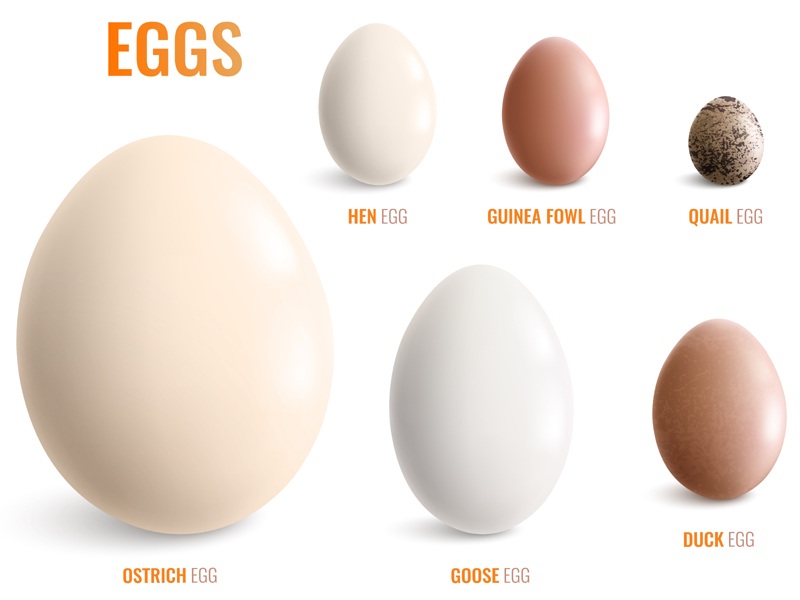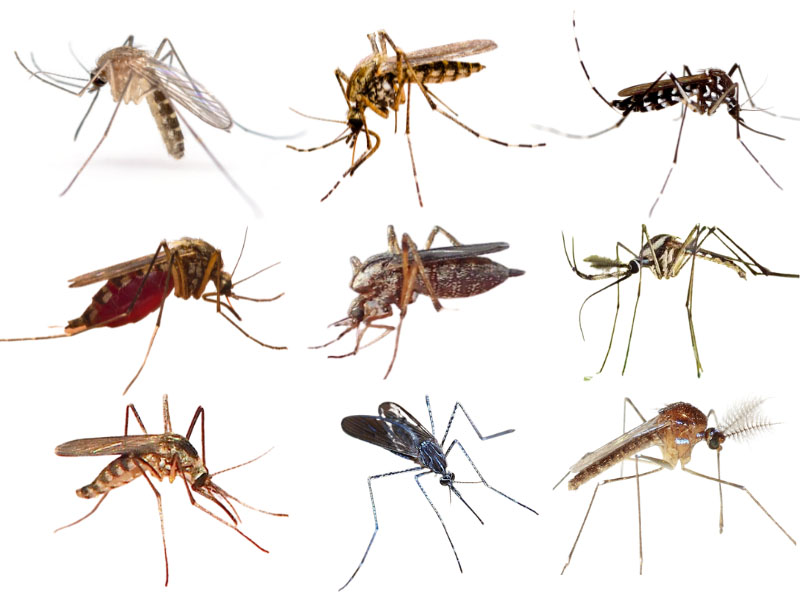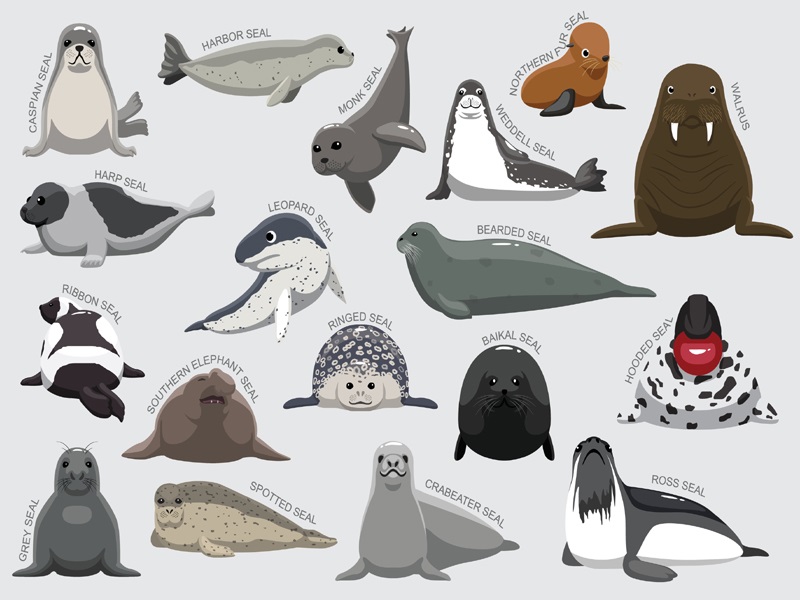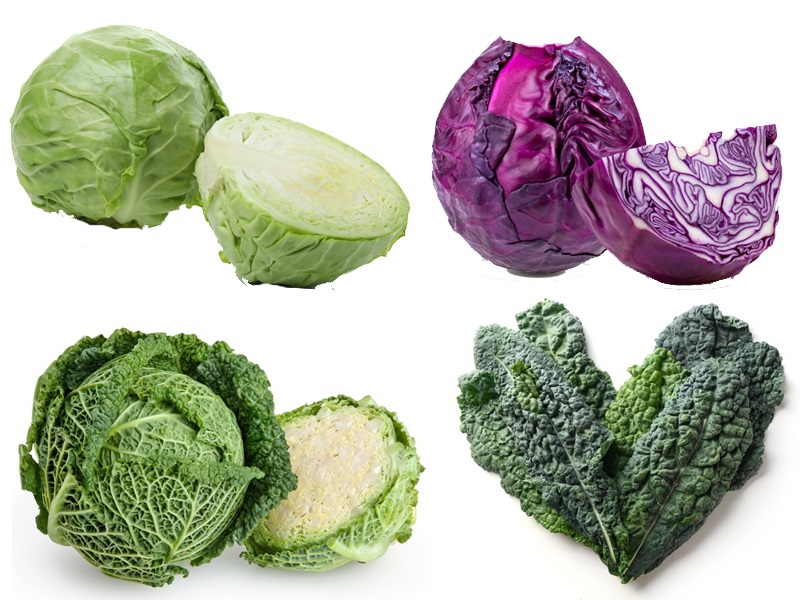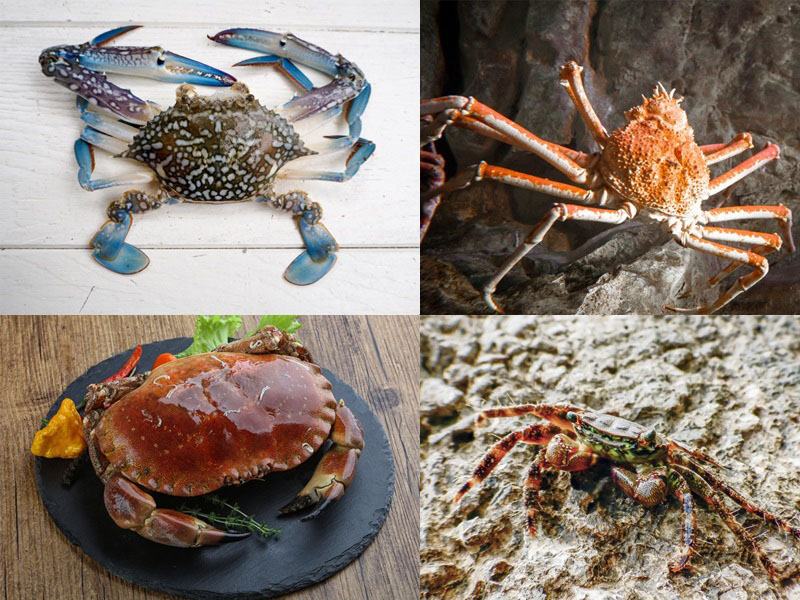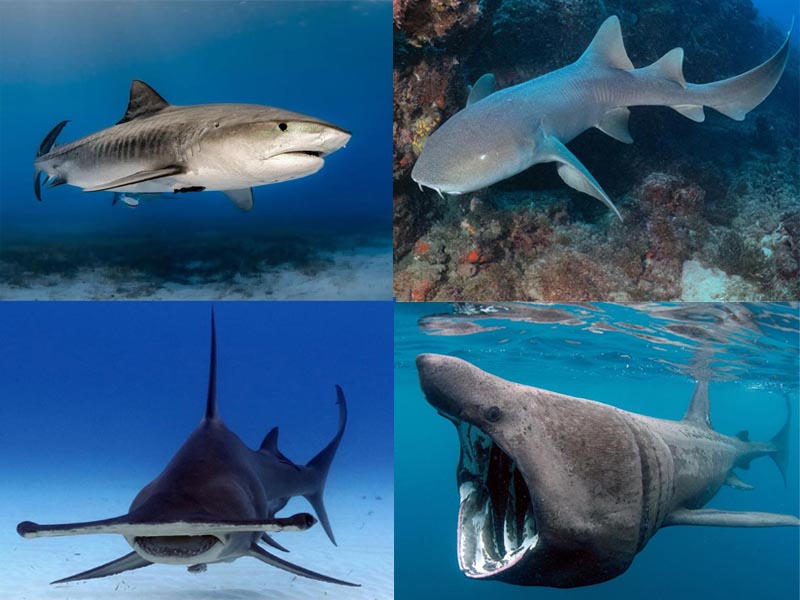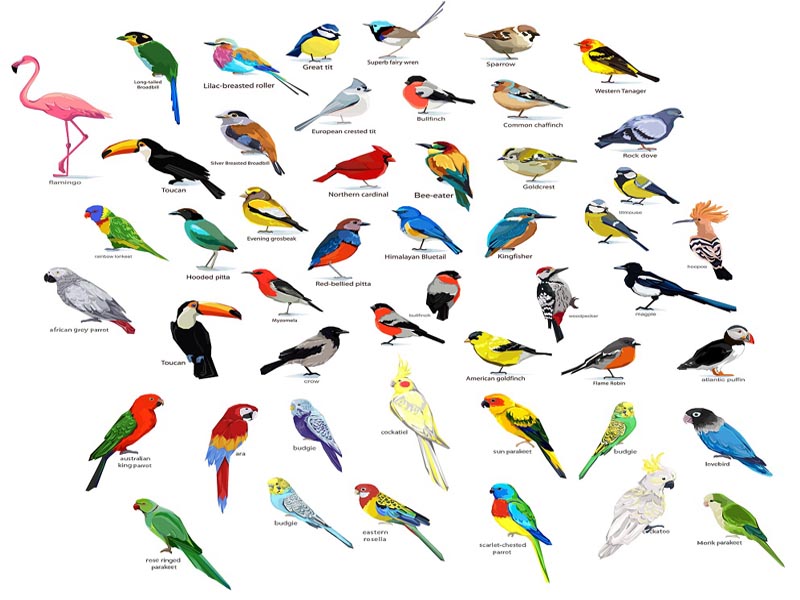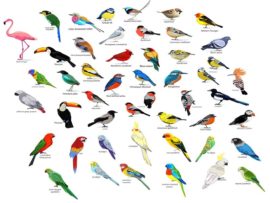We all have heard about Dolphin shows that attract travelers globally. But have you ever wondered how many types of dolphins are there? Dolphins have differing physical characteristics and habitats because they are a group of diverse aquatic animals. However, the term is often interchangeably used to refer to different species.
Each Dolphin has its unique feature setting them apart; we all would love to recognize them. To illustrate the same, we have curated a list of 12 beautiful types of Dolphins and their distinguishing features. Read on!
What is a Dolphin?
The aquatic mammals within the infra order Cetacea are commonly known as Dolphins. The extant families Delphinidae (the oceanic dolphins), Iniidae (The new world river dolphins), Platanstidae (the Indian river dolphins), Pontoporiidae (the brackish dolphins), and the extinct Lipotidae (Chinese river dolphin) are often referred to with the term Dolphin.
Though most dolphins are oceanic, a few species live in fresh rivers.
River Dolphins:
A handful of dolphins exclusively live in rivers, though most of the world’s dolphin species live in oceans. They are among the highly-threatened cetaceans on the planet, and Amazon, Ganges, and Indus rivers are where these types of freshwater dolphins inhabit.
Ocean Dolphins:
As the name suggests, the dolphins that primarily live in oceans are called oceanic dolphins. Though not all oceanic dolphins are well-known to researchers, the vast majority are oceanic dolphin species.
Types Of Dolphins With Images:
We have presented you with the list of the top 12 types of dolphins with images and other details.
1. Bottlenose Dolphin:
Bottlenose dolphins are the types of pet dolphins because of their adaptability to life in captivity. It is one of the well-studied and well-known dolphin species in the world. Bottlenose dolphins are found in tropical and temperate waters in the Atlantic, Indian and Pacific oceans. They are characterized by dark gray skin and their namesake shirt and thick snout.
As the intelligence of the bottlenose dolphin becomes ever more apparent, the ethics of keeping these creatures in small tanks and forcing them to perform tricks have come under great scrutiny. Atlantic bottlenose dolphins are one of the types of Atlantic dolphins.
Scientific Name: Tursiops truncates.
Height: 64-89 cm.
Weight: 136-625 kg.
2. Common Dolphin:
Common dolphins are medium-sized dolphin varieties found commonly, hence the name. The population of these dolphins is estimated to exceed four million, making them common indeed. Long-beaked Common Dolphins and short-beaked common Dolphins are the two categorized species of common dolphins.
The common dolphins travel with other dolphins and whales and might gather in over a thousand forming a group. These dolphins have an hourglass pattern colored light grey, gold, or yellow in the front and dirty grey in the back, while the belly is white and the back is dark.
Scientific Name: Delphinus delphis.
Height: 6.2-8.2 feet.
Weight: 80-235 kg.
See More: Types of Jellyfish Species
3. Amazon River Dolphin:
The Amazon river dolphin inhabits fresh water and is one of the six species of river dolphins. These dolphins have an exquisitely tuned sonar system, which makes up for its aesthetic shortcomings with a genial disposition.
The Amazon river dolphin is also called bufeo dolphin or boto. As Amazon river dolphin matures, their skin turns from grey to pink, making it its most unusual physical characteristic. You can see these dolphins in company with other freshwater dolphins.
Scientific Name: Inia geoffrensis.
Height: 8.2 feet.
Weight:185 kg.
4. Ganges River Dolphin:
The Ganges river dolphin, also called susu, is another freshwater dolphin found in the Ganges river in the Indian subcontinent, Bangladesh, Nepal. It belongs to a toothed whale species. This Dolphin finds food with the help of its peculiar style swimming style on its side, which allows its flipper on the river’s bottom.
These Asian freshwater dolphins may be fewer than 1,000 remainings. The Ganges river dolphin faces threats because of the dams that fragment their habitat and rivers used for transportation, particularly in India and Pakistan. In addition, very little is known about the habits of these dolphins.
Scientific Name:Platanista gangetica.
Height: 7-8 feet.
Weight: 149.7-169.6 kg.
5. Commerson’s Dolphin:
Commerson’s Dolphin is the type of Dolphin found in the ocean. It is also nick-named as piebald Dolphin, panda dolphin, and skunk dolphin because of the unique black and white patterns on its body. Commerson’s dolphins tend to hunt cooperatively and are usually found by themselves or in a small group. These dolphins are located in the southern tip of South America, the Southern Indian ocean, coast of Argentina.
Scientific Name: Cephalorhynchuscommersonii.
Height:5 feet 11 inches.
Weight:50 kg.
6. Rough-Toothed Dolphin:
Rough-toothed Dolphin is a large species. The diagnostic characteristic is its slender nose and conical head. In contrast, other dolphins either have a bulging melon on the forehead or a shorter snout. In addition, the males are larger than the females in these Rough-toothed dolphin species.
These dolphin species inhabit the Mediterranean sea, Indian, Pacific, and Atlantic oceans, and their population and distribution need more understanding.
Scientific Name: Steno bredanensis.
Height:6.9-9.3 feet.
Weight:90-155 kg.
7. Risso’s Dolphin:
The only dolphin species in the genus Grampus is Risso’s Dolphin. Known as the largest of the Dolphins, Taiwanese fishermen nick-named this as the Monk dolphin. These dolphins have a narrow tail with rear tapers, a prominent dorsal fin, and an anterior body. In addition, there is a crease in front of its bulbous head.
These dolphins have a unique preference for deepwater habitats and are found in temperate and tropical waters. Risso’s dolphins receive scars from their prey that leave a white pattern, and these dolphins feed mainly on squid.
Scientifi Name:Grampus griseus.
Height:8.5 to 13 feet.
Weight:660 to 1,100 kg.
8. Killer Whale:
Despite the name, the killer whale or orca is a member of the Delphinidae family and is by far the largest dolphin species. These dolphin species are also the most social and live by matrilineal pods. Orca or killer whales use unique vocal behaviors and sophisticated hunting techniques to catch their prey.
Scientific Name:Orcinus orca.
Height:19 to 22 feet.
Weight:3000 to 4000 kg.
See More: Different Types Of Whales
9. Humpback Dolphin:
Humpback dolphins are the types of dolphins in the Indian ocean characterized by elongated dorsal fins and conspicuous humps on the adult species backs. You can find these dolphins along the coast of Africa and India south to Australia. The Diet of the humpback dolphin includes mullet and other fish.
The adult humpback dolphins have dull off-white coloring from the tail to snout, whereas newborn calves are cream or pear shades of white. In addition, their stomachs are lighter grey, while the flanks are dark grey.
Scientific Name:Sousa.
Height:5 feet 11 inches to 8 feet 6 inches.
Weight:100 to 139 kg.
10. Spinner Dolphin:
The spinner dolphin’s name is well-earned because they are known to leap out of the water while performing spins along their longitudinal axis. You can find these Dolphins in shallower tropical waters across the globe. The spinner dolphins’ Diet includes small fish, shrimp, and squid, and it belongs to the Delphinidae of toothed whales.
The spinner dolphin’s dorsal area is dark grey, the underside pale gray or white, and the sides light gray.
Scientific Name:Stenellalongirostris.
Height:129 to 235 cm.
Weight:23 to 79 kg.
11. Short-Finned Pilot Whale:
The short-finned pilot whale is part of the oceanic dolphin family and is one of the two species in the genus Globicephala of cetaceans. The bulbous forehead and lack of discernible beak are the distinguishing features of the short-finned pilot whale. These dolphins are rarely seen alone and travel in pods of 15 to 50 and are highly social.
Scientific Name: Globicephala macrorhynchus.
Height:
- Male- 13-20 feet.
- Female- 9.8-16.4 feet.
Weight:1000 to 3000 kg.
12. Hourglass Dolphin:
The hourglass dolphins are small dolphins that inhabit the offshore Antarctic and sub-Antarctic waters belonging to the family Delphinidae. Whalers know these dolphins as ‘sea cow’ or ‘sea skunk’ because they have black on top and white on the belly, with white variations of grey patches on the sides. However, people on very few occasions have observed the habits and habitat of these hourglass dolphins.
Scientific Name: Lagenorhynchuscruciger.
Height:5.9 feet.
Weight:110 kg.
Dolphins are the cutest creatures that attract people with their funny antics. We hope you got some insight into the different types of Dolphins available globally, which will help you recognize them when you go for an outing. Don’t forget to let us know if you found this article helpful!
Interesting Facts About Dolphins:
Here are some facts about dolphins you might find interesting:
- Dolphins have a poor sense of smell, unlike sharks. But they make up for it with their other heightened senses.
- The Dolphin’s lifespan is shortened with captivity. But a bottlenose dolphin can live up to years or more by living in the wild.
- Like bats, dolphins use echolocation that creates echoes by making sounds bounce off distant objects.
- Dolphins are warm-blooded mammals, and they give birth to young ones who breathe through a blowhole. Baby dolphins drink milk from the mother dolphin.
- There are five species of dolphins that only live in freshwater rivers, though we often think of them as saltwater creatures.
- Half of the dolphins’ brain goes to sleep while the other half remains awake when sleeping. This process helps the Dolphin from drowning by allowing it to continue breathing.
- Dolphins have one stomach for digestion and one for storage.
- Injured, old, and sick dolphins are taken care of by dolphin pods.
- To identify each other, dolphins use specific individual whistles.
- Dolphins don’t chew their food and are carnivores.
- Dolphins are social animals that live in pods of two to 40. This arrangement gives them defence against predators, mating, and hunting.
- A dolphin’s hearing is ten times better than a human’s.
- The dolphin’s teeth and not ears pick up the echolocation’s echoes.
- Identifying dolphins is easy because each Dolphin has a unique dorsal fin.
- Dolphins can hold their breath from 20 seconds to 30 minutes, depending on the species.
See More: Varieties of Fishes
FAQ’s:
1. Which Dolphin Is The Most Commonly Found?
The long-beaked common dolphin is the most common type of Dolphin available globally. There are as many as 6 million common dolphins in the wild, according to researchers.
2. Which Is The Largest Species Of Dolphins?
Orca is easily the largest species of dolphin in the world. It is technically classified with the other dolphins, though an orca is commonly referred to as a whale. It can weigh up to 8,000 lbs and is substantially larger than any other dolphin species.
3. What Is A Dolphins Group Called?
A pod is a name given to a group of dolphins. Collections of other cetaceans, like whales and porpoises, are also described with the same group noun.
4. What Are The Different Types Of Endangered Dolphins?
There are five endangered dolphins in the world. they are:
- Amazon river dolphin.
- Atlantic humpback dolphin.
- Maui dolphin.
- Baiji dolphin.
- South Asian River dolphin.
5. What Type Of Dolphins Is The Rarest?
Hector’s Dolphin, which lives around New Zealand’s coastal waters, is the rarest. There are only 7,300 individual Hector’s dolphins as per researchers. Further, only 50 individuals remain of the Maui dolphin, which is the subspecies of Hector’s Dolphin.
Disclaimer:
The information provided in the article is based on research and for informational and educational purposes. The website is not responsible for the authenticity and accuracy of the information.


